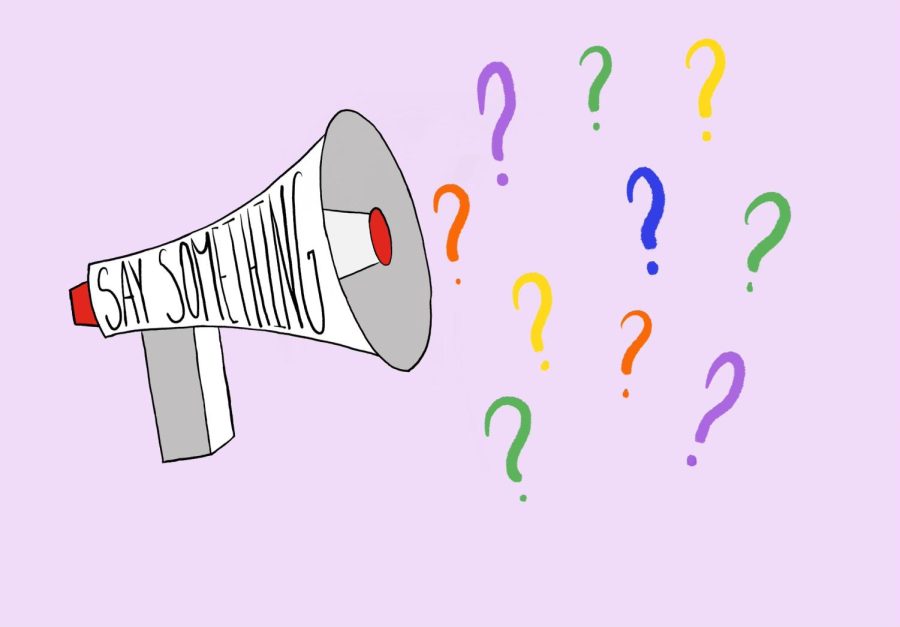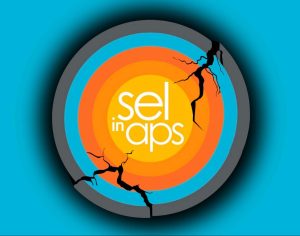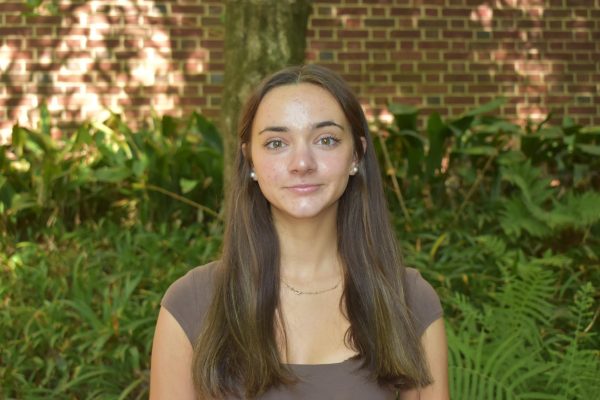Students question SEL, ‘Say Something’ programs
Students and faculty question whether Midtown’s current SEL program is effective.
September 24, 2022
Although Midtown pushes for students to participate in Social and Emotional Learning (SEL) daily, many students and faculty are concerned the presentations are ineffective.
“Schools are trying to help teens with mental health challenges and prevent unsafe situations for students inside and outside of the school,” says sophomore Kate Berg.
The Say Something Sandy Hooks Promise program is an SEL platform geared towards both middle and high school students that aims to teach students how to relate with others, seek help when needed and solve problems in a responsible way.
“I’m sure students have definitely used this resource for minor things they’ve seen or even about themselves,” sophomore Lora Paliakov said. “It’s good to have this resource, especially if students have anxiety or don’t want to talk about it and anonymously report.”
Midtown uses the Say Something Sandy Hooks Promise as its primary SEL program. Classes join a Zoom call for about 15 minutes a day where a video from Say Something is typically played.
“In my opinion, I would never go to use the program unless I saw something very serious,” Paliakov said. “But I feel like many students don’t even know that that resource is there.”
Throughout Midtown, there are numerous teachers, such as engineering and drafting and design teacher Melissa Nunnink, who find that SEL should be more interactive and consistent.
“I think it would be better if it [the SEL program] was a more consistent part of our everyday interactions with students in an intentional way, and not something separated and isolated by the curriculum,” Nunnink said.
Others such as math and computer science teacher Lakeisha Fuller, agree.
“[The biggest downside] is that kids aren’t engaged. I think that they do pay attention when it’s something important, but I just don’t think they retain it,” Fuller said. “I do have some students who have, when they did show the Say Something program’s videos, they were actually paying attention, but I think that once it’s over, it’s just out of sight out of mind.”
Some students and faculty wonder whether this is the most effective way to learn SEL. Students like Paliakov find that there are other, more effective and impactful ways to teach SEL.
“I think it would be effective if a counselor could come in and speak to the classroom,” Paliakov said. “I feel like that would be better than video because, generally, people don’t even listen to it.”
Paliakov said the program may be useful in educating students on how to report smaller incidents. However, in the event of a major conflict, she would likely report the incident directly to a teacher or principal, rather than reporting it through Say Something.
“I think that many students can be intimated by the fact that they’re ‘snitching’ on someone, but if it’s used in a serious matter, I think that it’s a very important resource for students to know they have,” Paliakov said.
Despite having access to the Say Something program, Fuller said students may be more reluctant to use the program due to the fear of exposing their peers.
“[Students] are definitely more reluctant,” Fuller said. “That’s just teenagers; they don’t want to be a snitch.”
AP Seminar and AP Government teacher Susan Salvesen, believe SEL is a good time for students and their counselors to bond.
“I think that the downsides would be that it’s over Zoom, and I think students would like an in-person connection,” Salvesen said. “I do think that [the counselor] does a great job with their lessons in terms of the See Something Say Something campaign and in terms of getting information to students. I think that some of the lessons do focus on positive mindsets and attitudes, and I think that’s really important for students to hear that.”
Nunnink believes that the Say Something program can be used to prevent critical circumstances early on.
“The See Something, Say Something philosophy can get people the help that they need early enough to prevent dangerous situations,” Nunnink said.
Some students believe that the SEL time period can be used for other things, suggesting the ineffectiveness of the program overall.
“I think that the SEL program can change for the better by giving students a 15 minute free period to work on whatever they need to work on,” Berg said. “If they are struggling with anything mentally, they could go to the counselor’s office and have a one on one conversation with a trusted adult.”4








